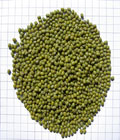
This gallery contains 3 photos.
Dressing: Machine Harvest time: February to April Packing options: 25Kgs/50 Kgs PP Bags Tonnage per 20’fcl: 23 metric tons AHECC Code: 0713.31.20


This gallery contains 3 photos.
Dressing: Machine Harvest time: February to April Packing options: 25Kgs/50 Kgs PP Bags Tonnage per 20’fcl: 23 metric tons AHECC Code: 0713.31.20
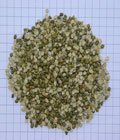
This gallery contains 4 photos.
Dressing: Machine Harvest time: February to April Packing options: 25Kgs/50 Kgs PP Bags Tonnage per 20’fcl: 23 metric tons AHECC Code: 0713.31.20
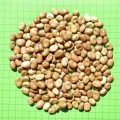
This gallery contains 3 photos.
Dressing: Machine Varieties: Cairo/Doza/Fiesta Harvest time: November/December Packing options: 25Kgs/ 50Kgs PP Bags Tonnage per 20’fcl: 23 metric tons AHECC Code: 0713.50.20
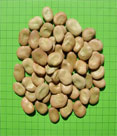
This gallery contains 4 photos.
Dressing: Machine Harvest time: November/December Packing options: 25 Kgs/ 50 Kgs P.P. Bags in container Tonnage per 20’fcl: 23 metric tons AHECC Code: 0713.50.20
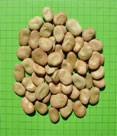
This gallery contains 3 photos.
Dressing: Machine Size options: 65-70 per 100 grams, 90-110 per 100 grams Packing options: 25 Kgs/50 Kgs P.P. Bags in container Tonnage per 20’fcl: 23 metric tons AHECC Code: 0713.50.20
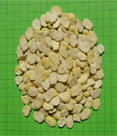
This gallery contains 1 photo.
Dressing: Machine Harvest time: November/December Packing options: 25 Kgs/50 Kgs P.P. Bags in container Tonnage per 20’fcl: 23 metric tons AHECC Code: 0713.50.20
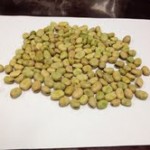
This gallery contains 7 photos.
the broad or fava bean is an ancient staple of many middle eastern and north African cuisines. For use in the traditional recipes of these cuisines the bean is allowed to develop fully and is then dried, resulting in more … Continue reading

This gallery contains 7 photos.
Shirohiemillet Albus Lupins Canola seeds Other Products Available Australian Premium Wheat Canola Albus Lupins Oats Shirohiemillet Sorghum
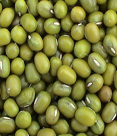
This gallery contains 3 photos.
Mungbeans are native to the Indo-Burma region with India, Burma, Thailand and Indonesia producing almost 90 per cent of the world’s production. Mungbeans are mainly sprouted and consumed cooked or raw. However, Mungbeans may also be split, boiled, roasted or … Continue reading
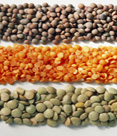
This gallery contains 3 photos.
Lentils have a seed coat that may range from light grey, through brown, to black. The distinctive orange / red cotyledon or kernel is seen when the seed is dehulled or split. Seeds are small with varieties ranging in diameter … Continue reading
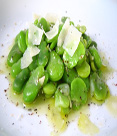
This gallery contains 5 photos.
Faba Beans originated in the Middle East and are now an important food crop in China and many Mediterranean and African countries. Faba Beans are a good source of carbohydrate and protein while containing a low amount of fats. Starch … Continue reading
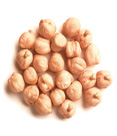
This gallery contains 3 photos.
Chickpeas are a very good source of carbohydrates and proteins, which altogether constitute about 80% of the total dry seed weight. Starch, which is the principal carbohydrate component, varies in content from 41-50% and is lower in Desi varieties than … Continue reading